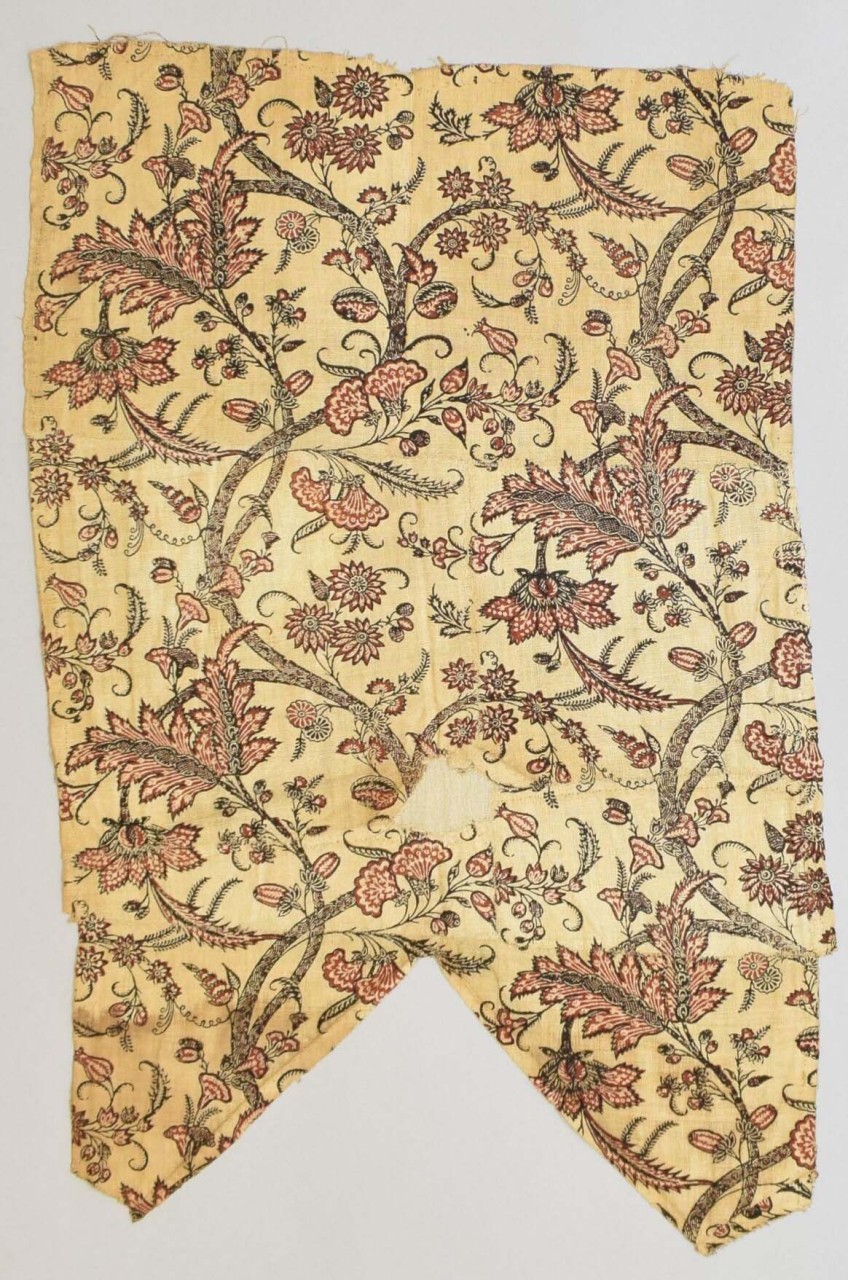Textiles and the Triplett Sisters
Early English Printer: William Sherwin

According to Peter Floud, former curator at Victoria & Albert Museum, the generally accepted theory that English calico printworks was established about 1690, has no factual basis. Instead, we need to acknowledge that English textile printworks were established much earlier. Yet the myth persists, as well as the myth that complicated printing techniques in England didn’t start until 1815-1825.

Block printing of simple patterns had been practiced since the 12th century onwards, although not necessarily colorfast. The credit for establishing calico printing as an industry in England should be given to William Sherwin at West Ham in 1676, yes, the 17th century. William Sherwin was an engraver in the 1660’s to the crown and in 1676 he was awarded patent #190 for inventing a new method of printing calicos. (Note: According to the British Museum, “this is the earliest date for printing in Europe as the first Dutch factory at Amersfoort was only established two years later.”)

William Sherwin would open a second factory in January 1688 advertising in the London Gazette for employees for his “work-house in the Well Yard near St. Bartholomew’s hospital.” Although his patent describes a "double-necked rowling press” no examples of his early work survives. However, written documentation of the calico printing factory does exist. Additionally surviving textiles by other calico printers show us the English printworks were sufficiently complicated BEFORE the 19th century. (See the previous blogs for more examples of early printed textiles.)

